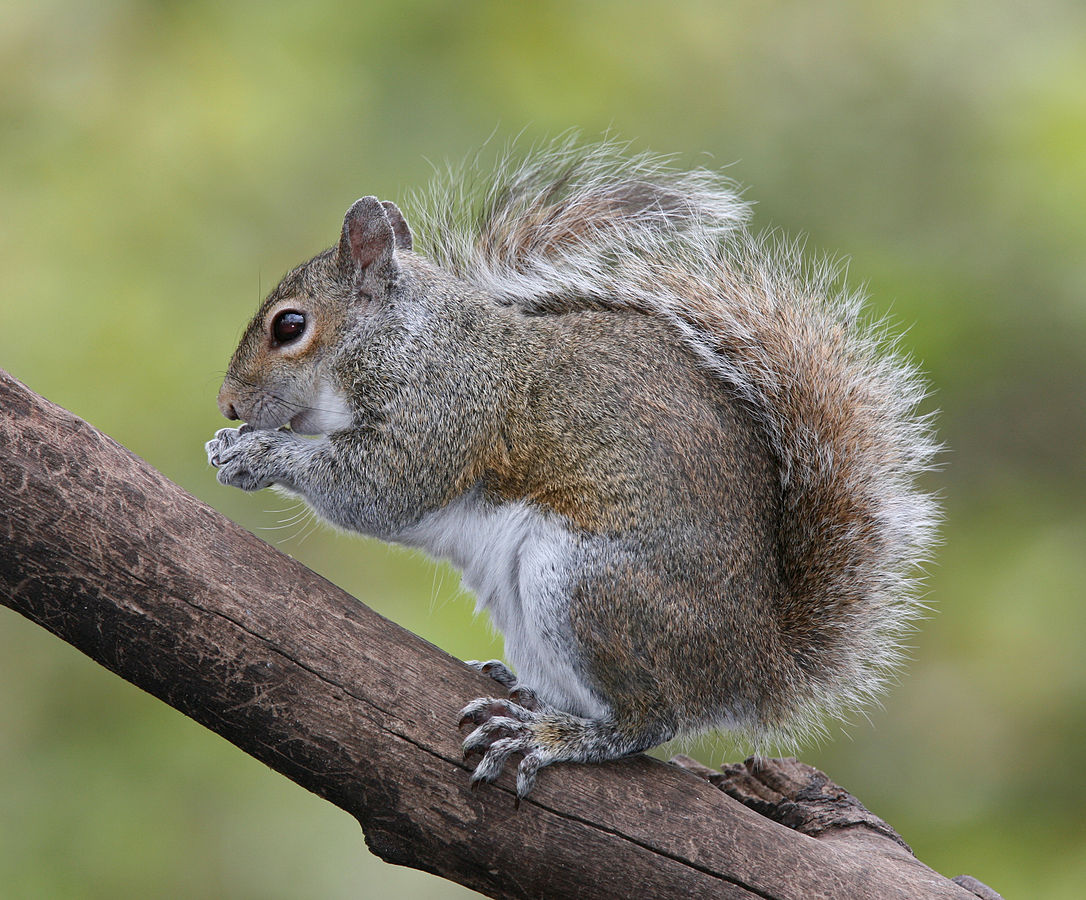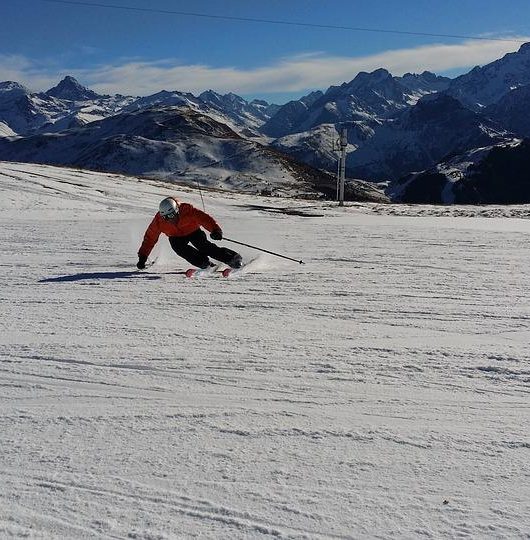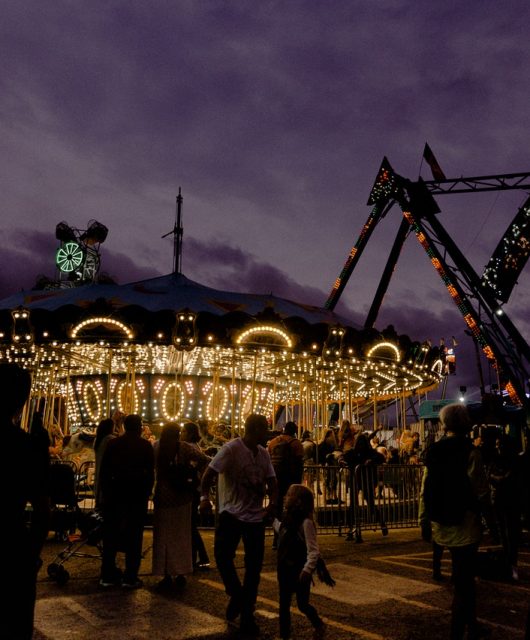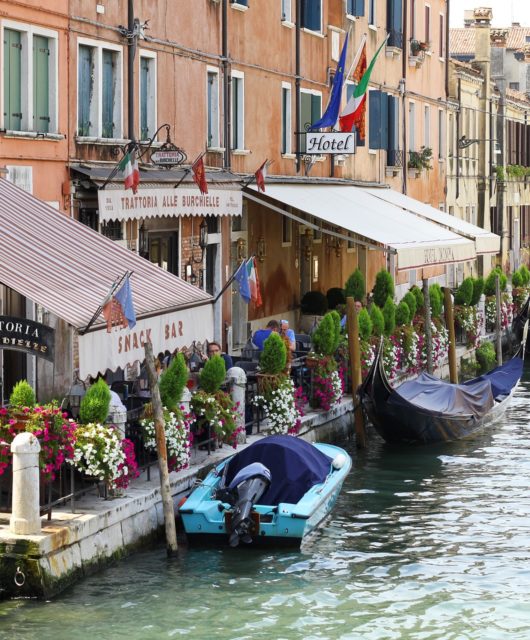Tips for Getting the Best Wildlife Shots

We have all seen those amazing wildlife shots, perfectly-timed photo-bombs by stingrays, squirrels seemingly in the middle of a conversation, and selfies with giraffes. Have you ever wondered how professional photographers like Keith W Springer catch these moments with sometimes uncooperative subjects? Here are some tips to get the best wildlife shots!
Understand your Subject
Animals have different habits, just like people – some are calm and relaxed, while others seems to jump at the slightest sound. Birds will usually signal before they take off, and cubs tend to be playful after a meal. If you want to catch a deer in a full sprint, do you have an idea of how fast that actually is? Animal photography is in part about understanding how your subject is likely to behave and react in particular circumstances so that you can be ready to capture the moment.
Interaction Can Add Energy to Your Photo
Sometimes there is power in an image of a solitary animal, but interaction definitely adds a layer of interest to any picture. Animals are often at their most engaging when they are interacting with each other on a one-to-one level.
Balance the Animal with its Environment
Some of the best shots are those that have captured the particular behaviors and personalities of animals – but don’t always focus on the animal itself to the neglect of its environment. Sometimes the most interesting thing about animals is the landscape in which they live.
Get on Their Level
Some of the best wildlife shots are taken at eye level for the subject, not the photographer! Don’t be afraid to get down on your belly to capture the animal from a different perspective than we are used to seeing.
Be Patient
If you want to capture an animal drinking from the pond, or walking past a particular tree, then you have no choice but to wait for those things to happen – sometimes for a very long time. Be prepared to wait, and you will be rewarded with the shot you are after.
Know Your Equipment
Wildlife photography doesn’t necessarily require fancy equipment, but it definitely helps if you understand the capabilities and limitations of the equipment you have. If you are trying to capture high-speed events with a camera that can’t keep up, you will be frustrated more often than not. If you are not able to adjust settings to take account of different light conditions, then it becomes important for you to take your photos in the light that works best for the equipment you have on hand.
Do Some Research
Think about the kind of pictures you want to capture, and then do a bit of research. There are many websites offering tips from professionals on a whole range of topics from the technical – for example, the best shutter speeds to take pictures of birds in flight – to the aesthetic – how to compose photos.
The biggest piece of advice for anyone interested in capturing beautiful wildlife shots is to get out there and take lots of pictures when you are on your travels!









